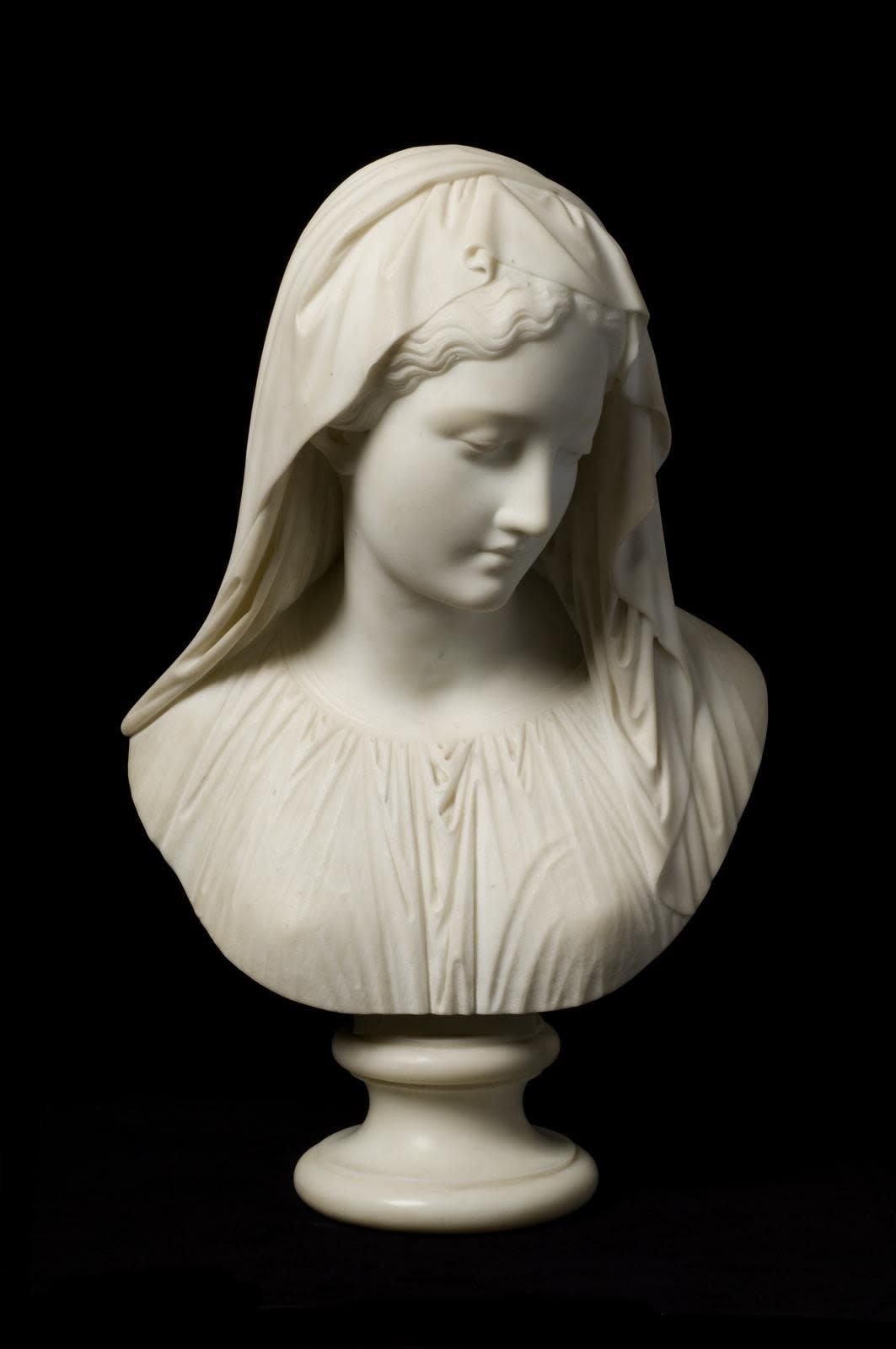



artist
One of the main exponents of Neoclassicism in Italy, Benzoni was orphaned at an early age and subsequently invited by Count Luigi Tadini to become the very first pupil of the Tadini Academy. Here, Benzoni created his earliest works. Tadini advocated for Benzoni’s admission to the Carrara Academy in Bergamo and the Brera Academy in Milan, both of which institutions refused to admit him. As such, Tadini afforded Benzoni with the financial support necessary for the artist to travel to Rome and study drawing and sculpture. He arrived in Rome in 1828, becoming an apprentice to the sculptor Giueppe Fabbris, a member of Canova’s circle. He attended the St. Luca Academy, where he showed his model of Mars while Sleeping, which won the novice sculptor numerous academic accolades.
“Giovanni Maria Benzoni, child of a rough land, born during the artistic renaissance, whose future would have been magnificent, turned his attention and his steps following the marks of the great masters and moulding his works with Canova and Bernini’s examples.”
–G. Rota, Bergamo, 1938
Following the death of Tadini in 1829, Benzoni opened his own workshop in 1832, working in genres both sacred and profane according to the desires of his patrons. Prolific in his commissions, he employed a large group of drafstmen; his studio evolved into a kind of museum, visited by pilgrims and patrons alike, and gained local fame within the city of Rome. Among the visitors to his workshop were Popes Gregory XIV and Pius IX, the emperor of Russia, the Sultan of Turkey, and the Royals of Italy and Holland. In 1839, he was commissioned to create a sculpture dedicated to Count Tadini, which he completed in 1858. During the Summer of 1844, he began work on a monument commissioned by the Municipal Congregation to commemorate the Vienna Peace signed by Francesco I of Austria in 1815. He completed a noteworthy portrait of Pius IX in 1860, and was charged by the Papal Government in 1861 to show his work in the International Exhibition of Fine Arts in Anvers; this would further the sculptor’s international fame, earning him notoriety as one of the most important masters of nineteenth-century Neoclassicism. He worked until the end of his life, dying suddenly of disease in 1873. In total he produced as many as 518 works, 212 of them being original productions.



